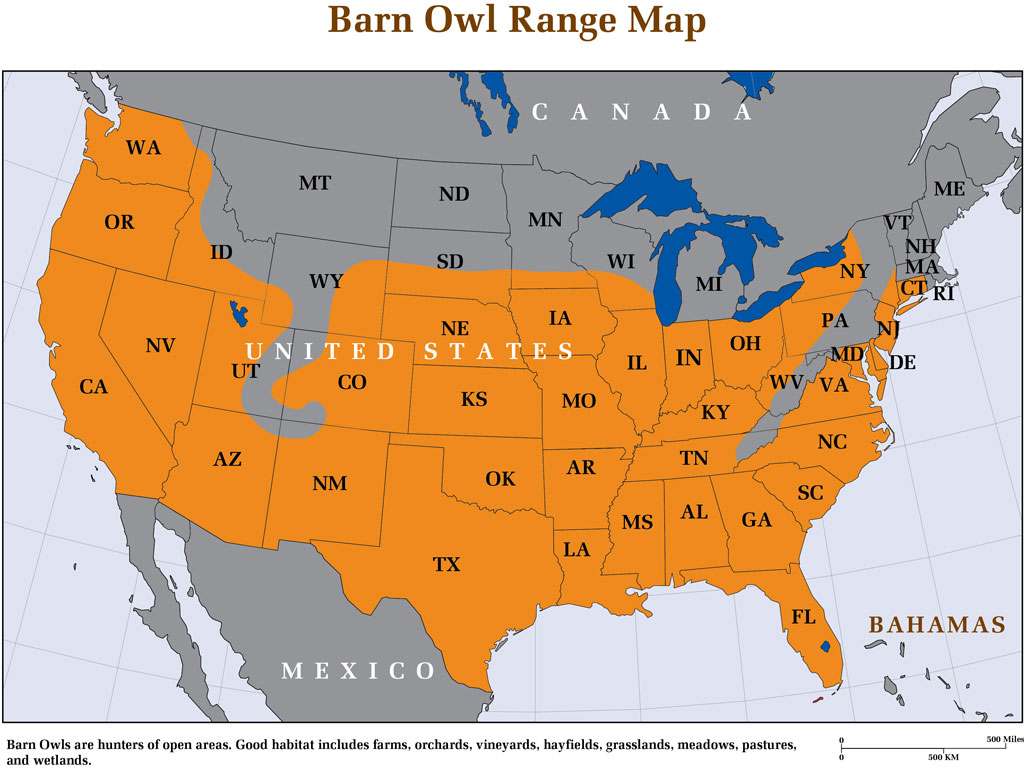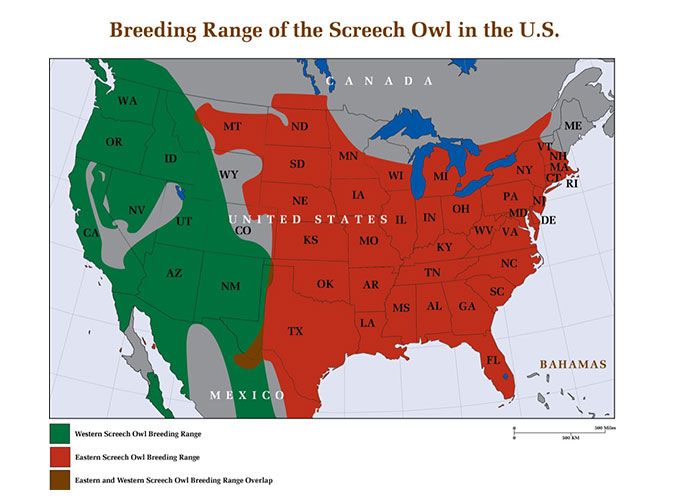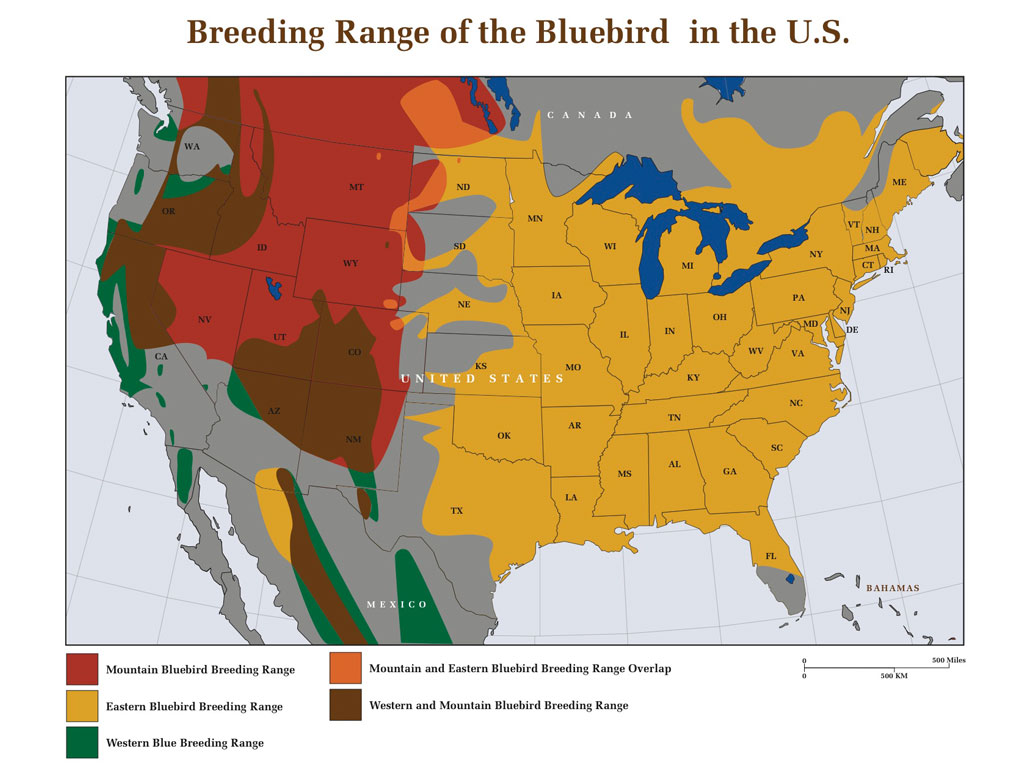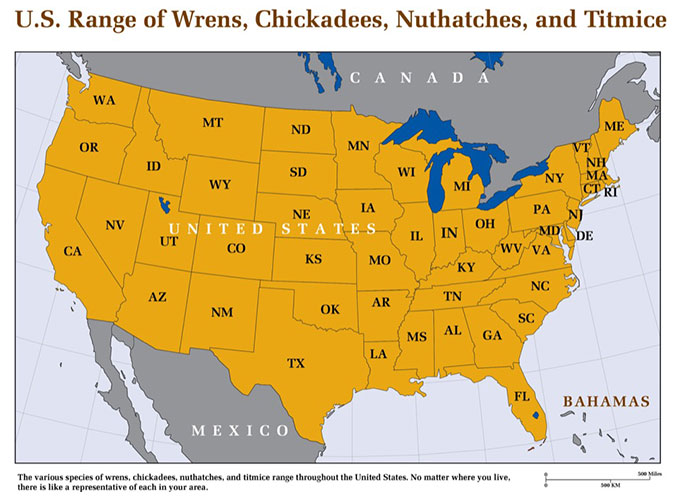Free Shipping to the Contiguous United States
Indiana Barn Owls

As in many northern states, in the late nineteenth and early twentieth centuries, when the original forest cover was cut in Indiana to create land for farming, the barn owl thrived. Since then, much of Indiana’s forests have regenerated and farming has moved from hay and cattle to soy and corn. These and other factors, such as the advent of metal barns which afford no access, have caused barn owls in Indiana to plummet.
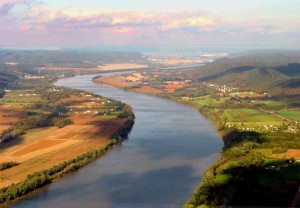
“Although the Barn owl is endangered in Indiana,” says John Castrale, Nongame Bird Biologist with the Indiana Division of Fish and Wildlife, “the Indiana population is low but stable. Approximately 25 pairs are found each year, maybe 50 over exist over the entire state, mostly scattered along the Ohio River counties in pastures and mixed habitat of southern Indiana farm country.” In contrast, the central and northeastern regions, dominated by the vast Corn Belt, provide poor habitat. As with barn owl populations in neighboring Illinois, most confirmed presence has been in the southern third where there is mixed woodland, pasture, and hay.
Another excellent habitat happens to be, ironically, the thousands of acres of wild grasslands that have grown on top of areas that have been strip mined. Indiana Fish and Wildlife has begun erecting nest boxes in such areas.
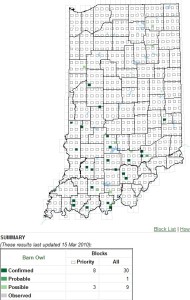
Barn owls in Indiana eat primarily voles (meadow mice) and shrews. They may breed in any month of the year surprisingly, even in winter, but their primary breeding season is April through July. They nest in any available hollow, including barns, hay sheds, abandoned buildings, grain bins, and tree cavities.
Since 1984, the Non-game and Endangered Wildlife Division of the state’s Department of Natural Resources has been monitoring nest sites and has erected more than 200 boxes, some of which have attracted additional breeding pairs. The state encourages nest box installation near good habitat.If you see a barn owl in Indiana, or are interested in erecting a box on your property, contact the Indiana Division of Fish and Wildlife at 812-849-4586.

